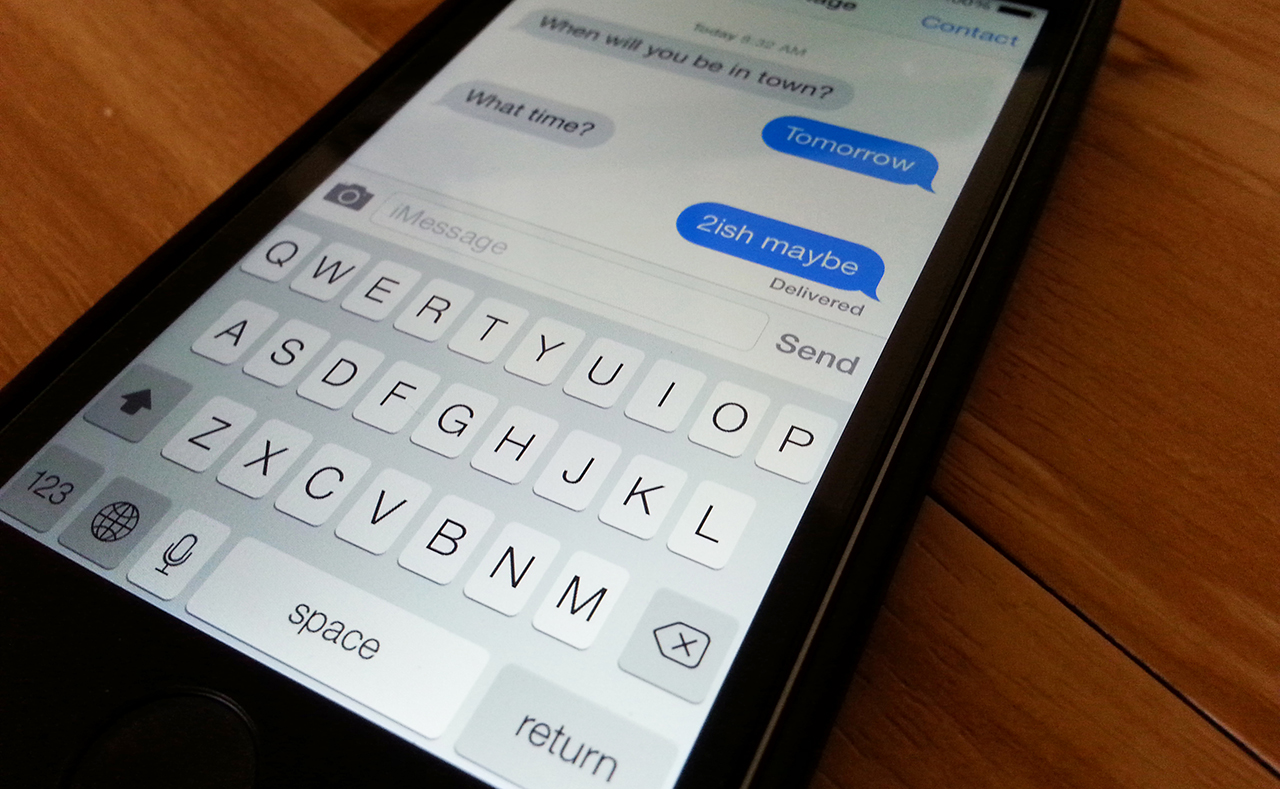
- 2 Min Read / Blog / 3.2.2020

Messaging platforms are ubiquitous. Google has Hangouts, Apple has iMessage, and Facebook simultaneously backs Facebook Messenger and WhatsApp. Billions of people send trillions of messages across these disparate platforms every year, but each remains siloed—if their friends don’t use the chat service they prefer, users have to either switch or convince friends to switch.
More than a year and a half ago, a new startup called Layer launched with an ambitious goal: define a new messaging protocol that would allow any app to communicate with any other app. Now, its messaging platform and design library are beginning to make waves among companies looking for quick messaging integration.
Looking to add chat to an app? Layer wants to provide the simplest and most open option.
In the days of AOL Instant Messenger and Google Talk, the same people behind Layer championed XMPP, also known as Jabber, which sought to unify messaging services from different companies. This, they hoped, would allow users across platforms to communicate openly, no matter the messaging client or computing platform they chose to use.
Today, mobile applications have proliferated the number of messaging options available, with everything from Pinterest to Instagram adding private chat features in recent months. A new adage, typically invoked as a joke, has already proven true: every app will continue to add features until it includes a messenger of its own.
Building proprietary messaging platforms for each and every app is unsustainable. Layer seeks to unify them.
Layer’s vision is that web and mobile applications will share a common messaging platform, allowing users to communicate freely and developers to quickly integrate a widely accepted chat option. Someday, it might not matter for Android and iOS users who’s communicating with Hangouts or iMessage. Instead, a plethora of Layer-powered chat clients might allow customers across devices to communicate openly.
Of course, convincing technology giants like Apple and Google to adopt an open messaging technology might prove an uphill battle. But for third-party applications looking to provide the most value to users on mobile native platforms, Layer might provide the most viable and feasible development option.